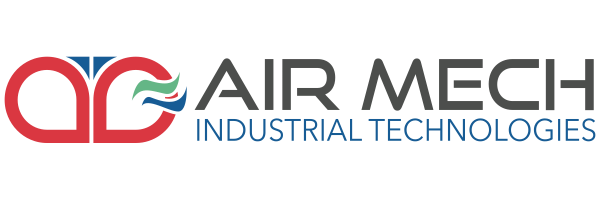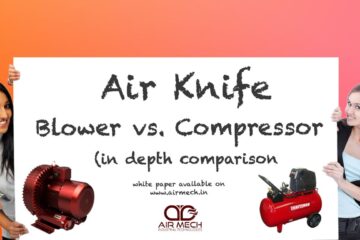In industrial processes where precision drying, cooling, or cleaning is crucial, air knives have become indispensable tools. These tools are utilized across various industries, from blowing water off bottles in bottling facilities to removing cooling fluid in metal rolling plants and clearing crumbs from bakery conveyor systems. However, common setup errors can lead to ineffective or inefficient operation. This guide delves into key strategies for implementing an effective blow-off system and optimizing air knife efficiency.
- Proper Configuration
Ensuring the air knife system is correctly specified and installed for your application is foundational for efficiency. Off-the-shelf air knives may not always provide optimal performance. Consulting with specialists can help configure the system appropriately, preventing energy waste and enhancing effectiveness.
- Choosing Between Air Nozzles and Air Knives
There are two primary methods to deliver air in a blow-off system: air knives and air nozzles.
– Air Knives produce a flat curtain of fast-moving air that strips liquid, debris, or residue off a surface. Due to the flat, straight shape of the air curtain, air knives are ideal for flat objects such as conveyor belts and sheet metal.
– Air Nozzles produce a cone of fast-moving air, which works best for objects not consistently distanced from the nozzle or with contoured surfaces. Applications such as bottle or can blow-off are well suited to air nozzles. Often, a combination of knives and nozzles is employed for optimal results.
- Positioning Air Knives and Nozzles
Proper positioning is critical for efficiency. The air knife or nozzle should be placed as close as possible to the target object, as efficiency decreases sharply with increased distance. Positioning also involves two key angles:
– Angle of Attack : Positioning the air knife or nozzle at approximately 15 degrees from normal against the direction of travel ensures residue is swept off effectively, avoiding contamination of already cleaned surfaces.
– Sweep Angle : Align the knife or nozzle in reference to the plane of the object. For instance, when drying a can, angle the air knife between 30 and 60 degrees from vertical to ensure the top of the can is dried first, sweeping water down the length as the can moves along the conveyor.
- Air Balance
Ensuring even distribution of air across the entire length of the air knife is crucial. High or low spots in the airstream can lead to inconsistent results. Use manifolds and flow control devices to distribute air evenly, ensuring uniform performance across the entire application area.
- Sizing an Air Knife
When sizing an air knife or considering the number of nozzles, take the sweep angle into account. The sweep angle means the air knife’s actual length could be longer than the height or width of the object being processed. Correct sizing is essential as the length of the air knife or number of nozzles determines the size of the blower required.
- Material Selection
The choice of material for air knives can impact their durability and efficiency. Aluminum is commonly used in industrial applications due to its strength and resistance to corrosion. In harsher environments, stainless steel air knives are preferable due to their superior durability and resistance to extreme conditions.
- Energy Efficiency
Consider transitioning from compressed air systems to blower-powered air knives. Blower-powered systems can reduce power consumption by up to 90% compared to traditional compressed air systems, leading to significant energy savings and reduced operational costs. Investing in energy-efficient motors and variable frequency drives can further enhance system efficiency.
Conclusion
Optimizing air knife efficiency involves a multifaceted approach that includes proper configuration, maintaining laminar airflow, managing air entrainment, ensuring air balance, selecting appropriate materials, and prioritizing energy efficiency. By implementing these strategies, industries can achieve superior performance, reduced energy consumption, and enhanced overall operational efficiency.





